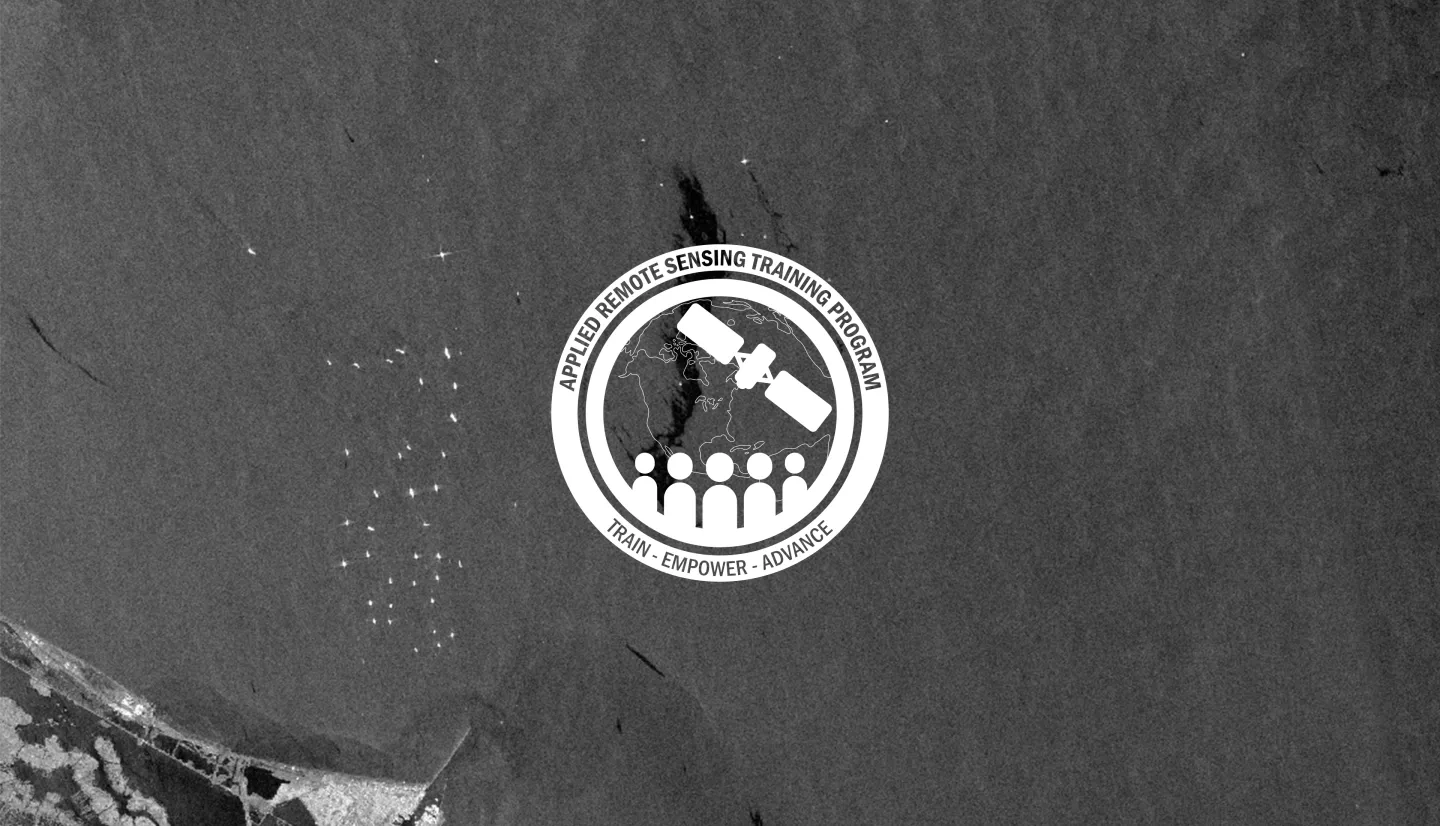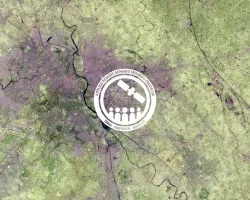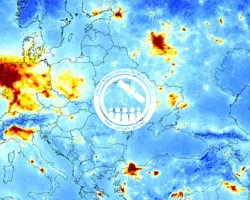Description
SAR sensors are ideal for monitoring certain disasters or areas that are vulnerable to disasters especially because the signal can “see” the surface of the Earth during day or night conditions and under nearly all weather conditions. In addition, the signal can penetrate through vegetation and is sensitive to surface roughness and small displacements of the land surface. This intermediate, three-part webinar series will focus on the use of SAR to 1) assess areas at risk from disasters due to landslides through the use of interferometric SAR (INSAR). This is accomplished by measuring small movements (on the order of centimeters) of the land surface that are caused by gradual landslide motion, and how these movements vary with time; 2) characterize the extent of oil spills and their impacts. SAR data is sensitive to surface roughness, allowing for identifying areas where there are oil spills; 3) and characterizing inundation extent. The SAR signal can penetrate through the vegetation and detect inundation driven by large precipitation events or by natural events. This training will include theoretical portions for each disaster as related to the SAR signal interaction with surface conditions and demonstrations using Google Earth Engine, Jupyter Notebooks, and the SNAP Toolbox, all freely and openly available tools.
This training is also available in Spanish.
- Fundamentals of Remote Sensing
- Introduction to Synthetic Aperture Radar
- Part 1: Basics of Synthetic Aperture Radar
- Part 2: SAR Processing and Data Analysis
- Part 4: Introduction to SAR Interferometry
- Radar Remote Sensing for Land, Water, & Disaster Applications (Part 2)
- SAR for Disasters and Hydrological Applications
- Part 2: Interferometric SAR for Landslide Observations
By the end of this training attendees will be able to understand why SAR data is sensitive to inundation, oil spills, and landslides. They will also be able to use SAR data to monitor oil spills and floods as well as to identify areas at risk to landslides.
Disaster management agencies, including domestic and international government agencies (e.g., FEMA and equivalent government organizations outside the U.S.) as well as aid organizations (e.g., Red Cross, UN).
Three, 2-hour sessions
Trainer: Erika Podest (JPL)
- How to map flood extent and assess the increase/recession of flood waters using Sentinel-1 data on Google Earth Engine.
- Q&A
[Optional] Although NOT A PREREQUISITE: To follow along with the demonstration for Part 1, please create an account to login to Google Earth Engine (https://earthengine.google.com/).
Materials:
Trainer: Eric Fielding (JPL)
- Mapping the motion of the Portuguese Bend Landslide on the Palos Verdes peninsula in California through InSAR using Sentinel-1 geocoded unwrapped (GUNW) products with ARIA-tools and MintPy.
- Q&A
[Optional] Although NOT A PREREQUISITE: To follow along with the demonstration using Jupyter notebooks in Part 2, please:
- Install Anaconda
- Follow the instructions found here for additional package installation. https://github.com/nisar-solid/ATBD/blob/main/docs/installation.md
Materials:
Trainer: Malin Johansson (UiT - The Arctic University of Norway)
- How to detect marine surface oil slicks using satellite images (primarily SAR) and how this can aid clean-up efforts. We will derive slick characteristics using single, dual and quad-polarimetric SAR data as well as touch on how satellite detection can be used in conjunction with drift modeling to determine the spread of the oil slick.
- Q&A
[Optional] Although NOT A PREREQUISITE:
To follow along with the demonstration for Part 3, Download and install SNAP: http://step.esa.int/main/download/snap-download/
and
Download the zipped Sentinel 1 image here:
S1A_IW_GRDH_1SDV_20181009T171427_20181009T171452_024062_02A131_E887.SAFE
Materials:
- Presentation Slides
- Q&A Transcript
- Homework (due November 17)




